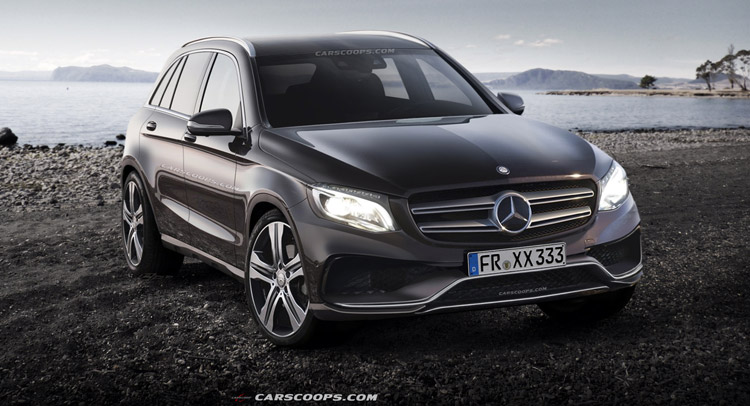Mercedes-Benz has just laid out its plug-in hybrid model strategy, which includes the presentation of 10 new cars with this technology by 2017, or one every four months on average.
Under the firm’s new nomenclature, an “e” replaces the words “PLUG-IN HYBRID” for these models, including on the currently available S500 Plug-in Hybrid that pairs a 328hp 3.0-liter turbo V6 with a 107hp electric motor for a total system output of 436hp and a manufacturer estimated fuel consumption of 3l/100 kilometers (78.4 US mpg / 94.2 UK mpg) and CO2 emissions of 69 g/km.
This month, Mercedes will launch the C350e that gets a 208hp (211PS) 2.0-liter inline four petrol with a 60kW electric motor producing a combined 275hp (279PS) for a 0 to 100 km/h (62 mph) time of 5.9 seconds with an average fuel consumption of 2.1 l/100 km (112 mpg US or 134.5 mpg UK) with CO2 emissions of 48 g/km. Available in both sedan and estate forms, the C350e can run on pure battery power for around 31 km or close to 20 miles.
Mercedes said its next PHEV model will be based on the upcoming GLE, which is the renamed, facelifted version of the current M-Class SUV, while also hinting at the possibility of producing the Geneva show Concept V-ision e study that utilized a more potent iteration of the C350e’s powertrain on the V-Class minivan body.
While no other candidates for the “e” moniker were officially announced today, the next E-Class and the GLK-replacing GLC compact SUV are prime candidates.
Speaking about the firm’s PHEV initiative, Mercedes-Benz development boss Thomas Weber said:
“Plug-in hybrids offer our customers the best of both worlds; in the city they can drive in all-electric mode, while on long journeys they benefit from the combustion engine’s range. In addition, hybridisation makes the combustion engine more efficient and brings with it a special type of dynamic performance – making driving an absolute pleasure.”
Opening rendering: 2016 Mercedes-Benz GLC








